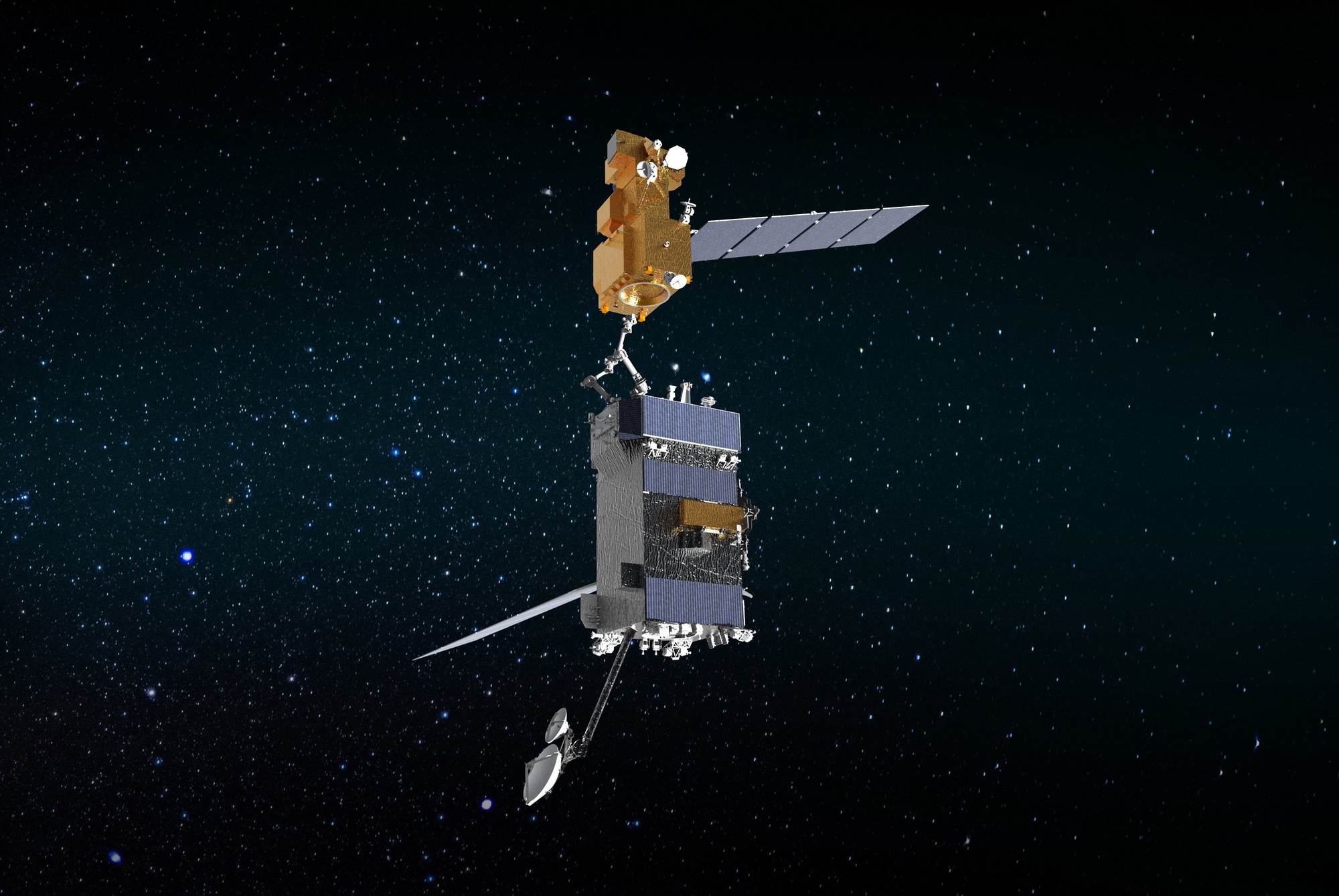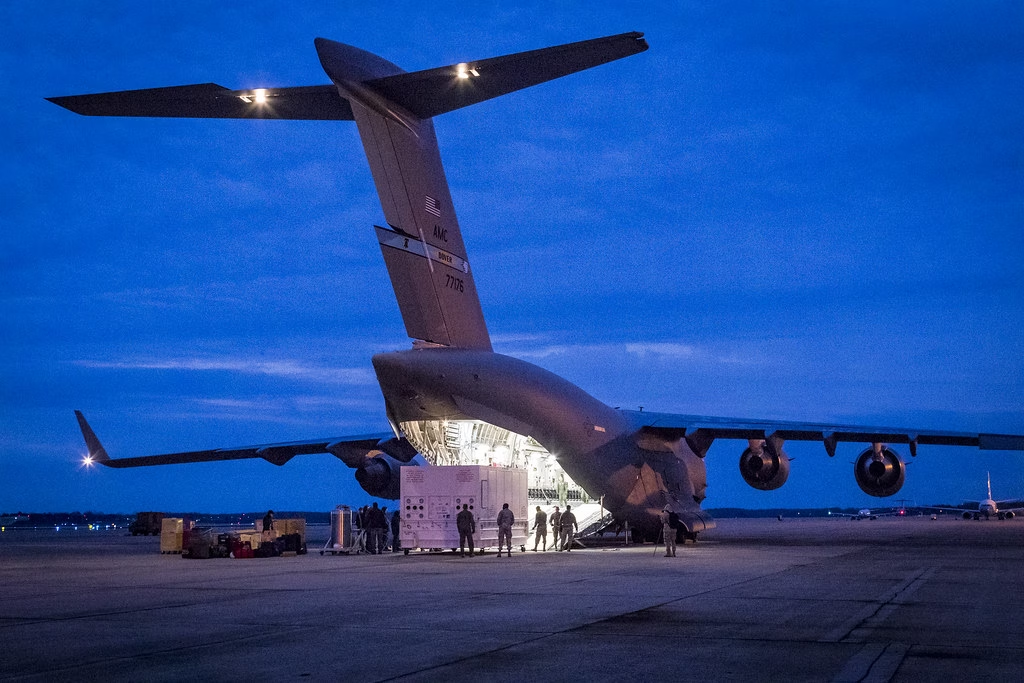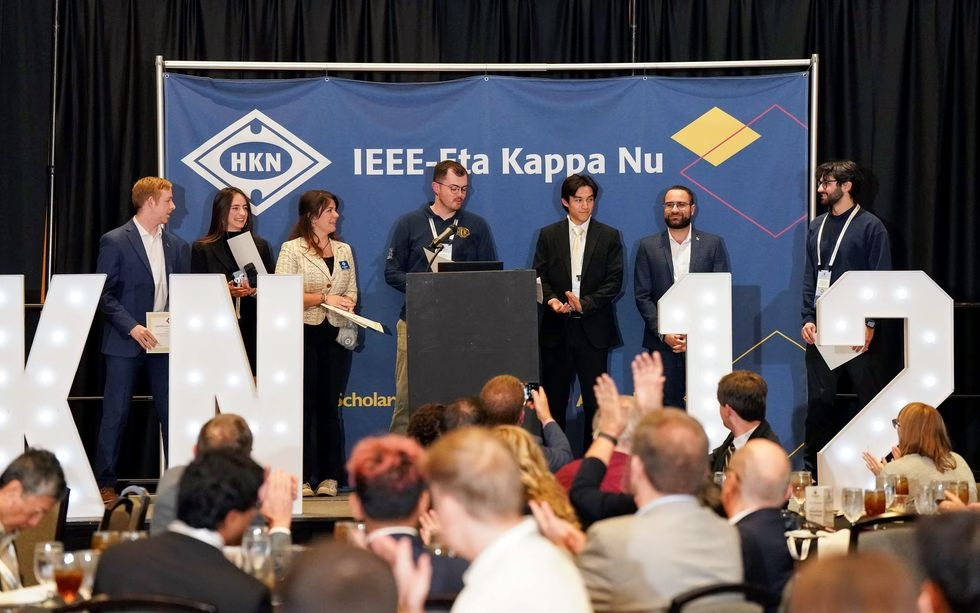NASA reaffirms decision to cancel OSAM-1

NASA Space Technology
WASHINGTON — NASA is proceeding with plans to shut down a satellite servicing mission at the end of the month after rejecting a proposal to revise the mission to meet a 2026 launch date.
In a statement posted online Sept. 5, NASA announced it would proceed with closing out the On-orbit Servicing, Assembly, and Manufacturing 1 (OSAM-1) project, ending work on the mission at the end of the current fiscal year, which concludes Sept. 30.
NASA announced March 1 that it had decided to cancel the mission, which was years behind schedule and far over budget. A fiscal year 2024 appropriations bill enacted later that month, though, directed NASA to develop a plan that would revise OSAM-1 in a way that could allow it to launch in 2026.
The agency confirmed in August that NASA leadership had received that plan, along with another that would close out OSAM-1 at the end of the fiscal year. “These plans have been provided to NASA leadership and are being assessed,” a NASA spokesperson said at the time.
However, agency leadership elected to maintain the earlier decision to cancel OSAM-1. “Factors that informed the decision were cost, schedule, and technical risk associated with the 2026 launch plan, the return on investment of flying OSAM-1 technology, uncertain technology infusion path to industry, and impacts on other NASA technology development efforts,” NASA stated.
NASA started work on the mission, originally called Restore-L, a decade ago, with the goal of refueling the Landsat 7 satellite in low Earth orbit. The mission added payloads to perform in-space assembly and manufacturing activities, such as the assembly of a Ka-band antenna, and was renamed OSAM-1 in 2020.
The mission, though, suffered delays that pushed back its launch from an original target of 2020 to at least 2026. Its cost grew from an original projection of $626–753 million to more than $2 billion.
NASA decided to cancel OSAM-1 after an independent review made that recommendation. “Both cost- and schedule-to-go are substantial and the risk for further schedule decay and cost increases remains high,” that report concluded.
Canceling OSAM-1 could affect several hundred jobs, primarily at the Goddard Space Flight Center, the lead center for the mission. NASA said in March that about 450 employees and contractors were working on OSAM-1, and that they would be supported through the end of the current fiscal year. Goddard employees were informed of NASA’s decision reaffirming the OSAM-1 cancellation Sept. 4, according to industry sources.
Among the companies that could be affected by the decision is Intuitive Machines, which is partnered with KBR on the Omnibus Multidiscipline Engineering Services (OMES) III contract at Goddard. That contract includes work on OSAM-1.
In an Aug. 13 earnings call, Steve Altemus, chief executive of Intuitive Machines, said his company had helped develop the plan for a 2026 launch of the mission. “We’ve restructured it for success, so that’s a very positive sign,” he said. While Intuitive Machines is best known for its work on lunar landers, the OMES III contract is a significant source of revenue for the company.
NASA’s decision still requires the approval of Congress. Senate appropriators included up to $174.5 million for OSAM-1 in its fiscal year 2025 spending bill, but the House version did not specify funding for the mission. Both the House and Senate included caveats about any support for OSAM-1 being dependent on developing a feasible plan for completing the mission.
The agency noted in its statement confirming its plans to cancel OSAM-1 that it still supported overall work on in-space servicing, assembly and manufacturing, or ISAM, technologies, backing an industry consortium called COSMIC on the topic and signing an agreement with DARPA to provide expertise for its Robotic Servicing of Geosynchronous Satellites program.
NASA added it will release a request for information about partnerships “to further pursue the best and highest use of the project hardware” for OSAM-1, but did not disclose when that RFI would be released or other details.
While OSAM-1 is currently the largest single mission in NASA’s Space Technology Mission Directorate, accounting for $206.9 million out of an overall budget of $1.1 billion for the directorate in fiscal year 2024, the mission got little attention during a session of the NASA Advisory Council’s technology committee Sept. 5. Later in the meeting, agency officials read the statement about NASA’s decision to proceed with closing out OSAM-1.
Discover more from Tamfis Nigeria Lmited
Subscribe to get the latest posts sent to your email.



 Hot Deals
Hot Deals Shopfinish
Shopfinish Shop
Shop Appliances
Appliances Babies & Kids
Babies & Kids Best Selling
Best Selling Books
Books Consumer Electronics
Consumer Electronics Furniture
Furniture Home & Kitchen
Home & Kitchen Jewelry
Jewelry Luxury & Beauty
Luxury & Beauty Shoes
Shoes Training & Certifications
Training & Certifications Wears & Clothings
Wears & Clothings
















